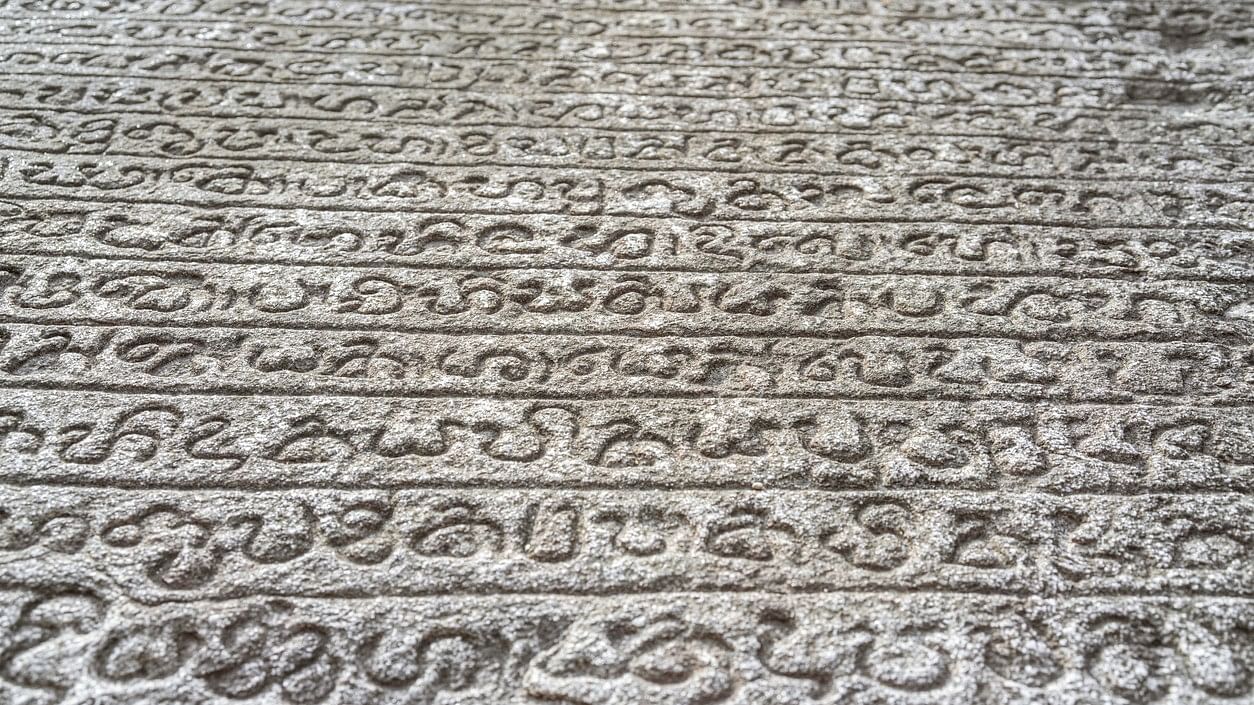
Representative Image.
iStock Photo
You can now explore centuries-old inscriptions around you from the little device in the palm of your hand with a freely accessible and interactive map site.
In possibly a first-of-its-kind innovation in the country, ‘Inscription Stones of Bengaluru’ is a custom Google Map that will provide you with detailed information about nearly 1,500 inscriptions in and around Bengaluru, complete with the exact coordinates, inscription text, historical context, pictures and videos, if any.
Site users can also look up keywords such as general places or historical references to get a list of all the inscriptions in Bengaluru Urban, Bengaluru Rural and Ramanagara districts that might have the same words.
Updated daily, the interactive map shows the most recent status of recorded inscriptions that have been compiled by a team of eight to 10 people over at least seven years.
These are sourced from archaeological reports, historical journals, newspaper articles, social media posts and epigraphy collections such as the Epigraphia Carnatica Vol. 9 and its supplement.
What started as a citizen initiative has been continuously developed by the team at the Bengaluru Inscriptions 3D Digital Conservation Project at The Mythic Society, Bengaluru, who regularly visit inscription sites and connect with the local residents to update the status of the inscription.
This map has been viewed over 3.3 lakh times. “It has emerged as a great resource to not just historians, researchers, and students but also the general public which has taken an interest into inscriptions and history. This is leading to the democratisation of information, aiding greater discovery and conservation of inscriptions,” Udaya Kumar P L, founder of the conservation project.
He added that his team has held workshops to train BA and MA students, including at Shivamogga’s Kuvempu University, Tumakuru University, and National Institute of Design, Bengaluru. “Soon, we plan to fund university students for internships and part-time work in their regions, especially in Magadi, Kanakapura and Mandya regions,” he said.
The team hopes to expand the scope of this project to other parts of the state and country, especially religious centres such as Tirupati, Sringeri and Varanasi, and historical capitals such as Hampi and wishes for more people to adopt such technology to preserve inscriptions.
Dr S K Aruni, Deputy Director, the Indian Council of Historical Research, said that the tool has aided communities in preserving their local inscriptions. “The entire Shivarapatna Amanikere village in Kolar came together to protect its memorial stones, which are now in a separate garden in the village,” he said.
Shreyas Kolpe, a History graduate in Udupi, has developed a spin-off project to document inscriptions in Dakshina Kannada and Udupi districts. He said he was inspired by the one-day workshop held by The Mythic Society in April 2022, following which, he teamed up with archaeologist Prof Dr Murugeshi and his team to document inscriptions in 40 sites in the two districts. The most recent of their discoveries was an ancient inscription in the Shri Someshwara Swami Temple in Ullal, near Mangaluru.